Two Irish Women
The following is an Irish Story submitted by Mary Tarrant as part of a Reader Story competition.
Much is spoken of in Australian History of the hardship and cruelty suffered by the convicts during their time of punishment in Australia. In my family our convict ancestor is spoken of as a hero and the foundation of a very large group of families now spreading out over three states.
However I cannot help but think about the Irish women who came out to our dry, brown country and worked beside their menfolk to build this country. The convicts in my state of New South Wales were mainly Irish Catholics.
In 1833 James Cantwell, his brother Michael and six others were tried in a Kilkenny Court and found guilty of “Whiteboyism”. Although it was their first offence they were all given Life Sentences. James and Michael were deported to Australia on separate ships both arriving 1834. Michael died shortly after gaining his Ticket of Leave and his family remained in Ireland.
James was put to work first for the Government in Sydney and then for various masters on farms around Port Stephens. His wife Mary (nee Brennan) remained in Ireland and raised their six children all on her own for the next 17 years. We can assume that the Brennan family watched over Mary but life was certainly not easy and she worked hard. On her arrival in Australia her occupation was listed on the ship’s records as Dairywoman.
When James eventually gained his “Ticket of Leave” in 1846, he sent for his family to join him. He could not return to Ireland as his sentence was for life.
Mary and four of her children, now adults ranging in ages from 20 to 28 years, left Ireland on the “Garland” arriving in 1851. One daughter, Mary only 21, died on the voyage to Australia.
James had taken up a lease on farmland across the Hunter River from Morpeth and it was here that Mary settled her family into life in the Australian bush.
James was a bit of a devil, often getting his name in the Court News for being drunk and disorderly. Tragically he only lived another six years, passing away in 1857 and buried in the Pioneer Cemetery at East Maitland.
James Cantwell and his older sons were miners back in Ireland, but the boys worked the farm with their father and continued farming after his death. Some years later they took up gold mine leases in the Gloucester area north of Newcastle. They worked hard and raised large successful families.
Five years after James’ death Mary sponsored her brother Michael Brennan, his wife Mary and their nine children, aged 18 years to 12 months, to emigrate to Australia.
Once again tragedy struck on the voyage out, as Michael Brennan fell ill on the “Abyssinian” and died of Pneumonia, we can assume that he was buried at sea. To add to her troubles Mary gave birth to her tenth child on her arrival in Sydney.
Mary Cantwell may well have been depending on her brother to assist with the farming in exchange for the family’s passage to Australia. However she was now confronted with her sister-in-law and ten children. Apparently she felt she was not in a position to support Mary Brennan and consequently the Brennan children were put into service. This led to a breakdown in relations between the two families and over the next two generations contact with the Brennans was lost. We do know however that Mary Brennan did not remarry and her children prospered in our wide brown land.
I hope you can see my point of view that these Irish women deserve some recognition for the trials and hardships they must have endured. I am in awe of the bravery of these two Irish women, alone with their families in a country so alien from their own.
Mary Tarrant,
New South Wales,
Australia.

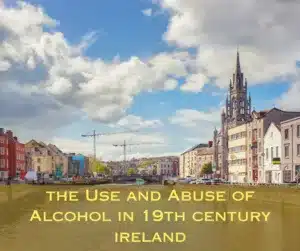
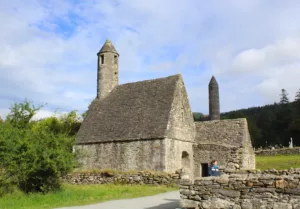

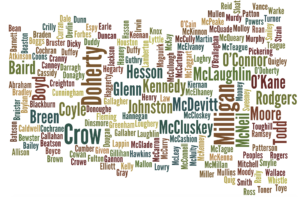
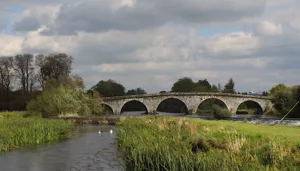
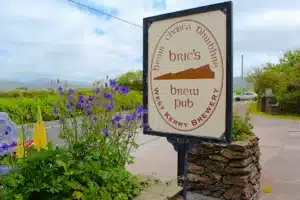
Only Plus Members can comment - Join Now
If you already have an account sign in here.